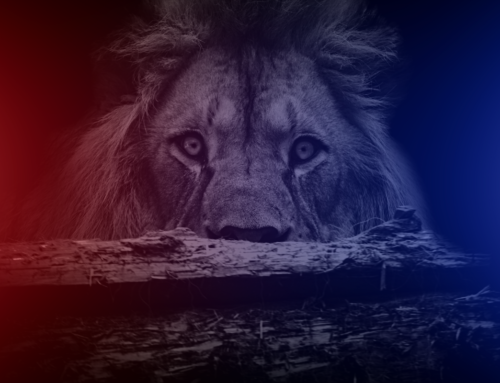Illuminate: Ignite Change through Speeches, Stories, Ceremonies, and Symbols
by Nancy Duarte and Patti Sanchez
I interviewed Nancy and Patti a few months ago when this book first came out, such was my excitement at a new tome from the Duarte world. Now I’ve had a chance to study it further and can highly recommend it to organizations that are sophisticated in their thinking about the story they’re telling and are keen to ensure that their organizational life cycle takes best advantage of human cultural symbols, signs and signposts along the way. You can run an organization without telling strong stories to bring employees, customers, and the public into your fold – but you can’t run it very well.
The taxonomy that Duarte and Sanchez use is a five-part one. Their story begins with dreaming – the moment of inspiration. Second comes the leap – the moment of decision. Next, the fight is the third step – the moment of bravery when the struggle against change, indifference and outright opposition begins. Then comes the climb, the fourth step in the journey, which is when everyone realizes that it’s going to take longer than they realized or hoped. And finally, and fifth, there’s the moment of reflection at the end, when you’ve arrived, and you’re ready to recognize the accomplishments of the journey.
At each step of the way, Duarte and Sanchez outline speeches, stories, ceremonies, and symbols that can go with that point in the journey. And they give a number of case studies of organizations at each step of the way.
Ultimately, this work represents an adumbration for the organization of the hero’s journey, the Quest, as a way to give meaning, purpose, and focus to organizational life. As such the source of the thinking is Joseph Campbell’s The Hero with a Thousand Faces, updated and expanded for modern organizations.
As readers of this blog will know, I think there are a few other stories besides the Quest that also inform modern life and organizational activity. In this particular case, because the subtitle of the book points to change, I think the Stranger in a Strange Land story is an important one.
What that story offers in a way that the Quest does not is the importance of confronting the essential issue that change presents: the sense of helplessness, or bewilderment, caused by finding oneself in a new situation, a new terrain, a new time when a new set of rules applies. The issue is that you don’t fully understand the situation. You don’t know the new terrain. And you haven’t learned the new set of rules.
It’s disorienting. At its worst, change is paralyzing. Because you have no experience with the new situation, you don’t want to move at all when you’re afraid that any move could be wrong. The Stranger in a Strange Land story gives you a way forward because it says that the feeling of disorientation or even paralysis is normal. You will be able to cope with the change because the story teaches you that your new goal is mastery – to come to terms with, understand, and develop the new competencies in order to be able to become an expert in the new land.
Focusing on the right story causes us to think about doing different things and thinking in different ways – which is the best way forward when change is called for. When you’re facing change, don’t tell yourself – and your colleagues – a Quest. Tell everyone that they’re Strangers in a Strange Land.









Leave A Comment